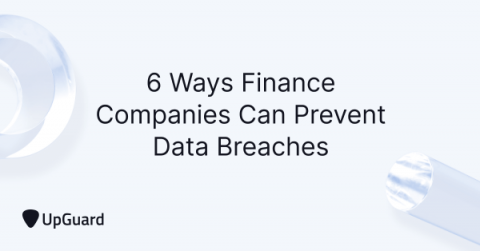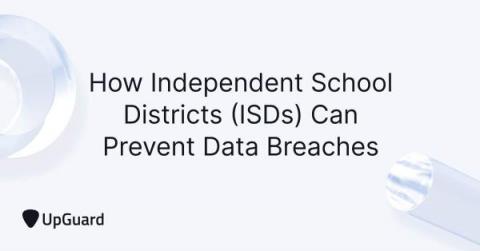5 Ways Tech Companies Can Prevent Data Breaches
The technology industry has unlocked innovation across all sectors as an enabler of digital transformation. Most organizations are now outsourcing critical operations to tech companies, such as cloud providers. Tech vendors are now left to manage an ever-growing volume of sensitive data, which they must secure effectively to prevent large-scale data breaches. IBM and Ponemon Institute’s 2022 Cost of a Data Breach Report found a record high average breach cost of US$4.35 million.










